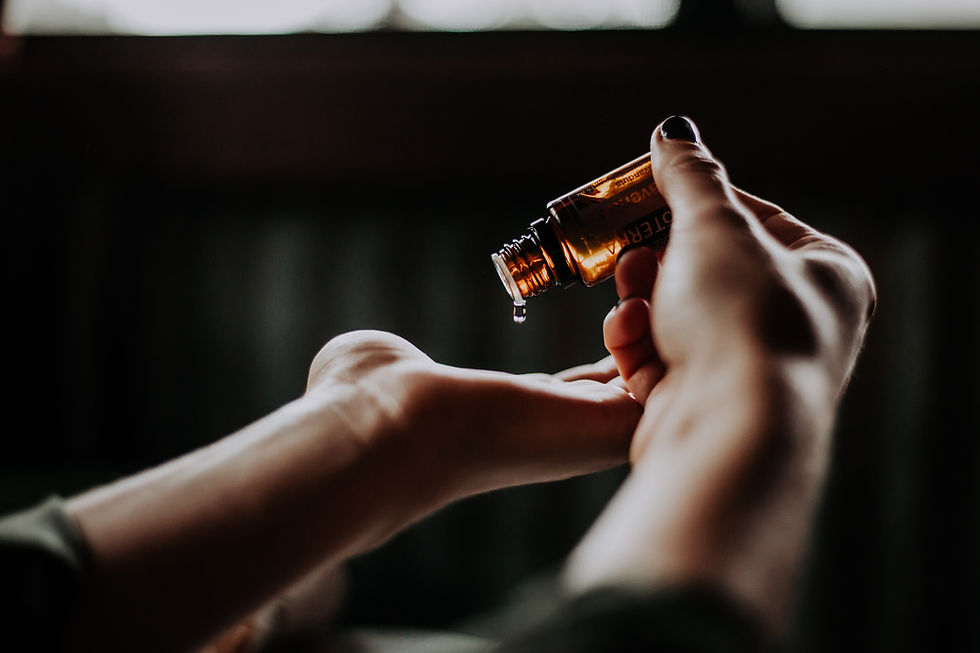
The Art of Perfume Making: Exploring Fragrance Types and Ratios
Perfume making is a blend of science and art, where the mastery of blending essential oils and aromatic compounds results in enchanting fragrances. This practice dates back thousands of years, evolving from ancient civilizations to modern times. Whether you're a hobbyist or an aspiring perfumer, understanding the fundamentals of fragrance creation, including the differences between parfum, eau de parfum, and other types, is essential.
Understanding Fragrance Types
The primary difference between various types of fragrances lies in the concentration of aromatic compounds they contain. This concentration influences the scent's intensity, longevity, and cost. Here’s a closer look at the main categories:
Parfum (Extrait de Parfum):
Concentration: 20-30% aromatic compounds
Longevity: 8-24 hours
Characteristics: The highest concentration of fragrance oils makes parfum the most intense and long-lasting. It’s often more expensive due to the higher content of precious oils. Parfum is applied sparingly, typically on pulse points for the best effect.
Eau de Parfum (EDP):
Concentration: 15-20% aromatic compounds
Longevity: 6-8 hours
Characteristics: EDP is slightly less concentrated than parfum but still offers a rich and lasting fragrance. It's versatile for both day and evening wear, providing a noticeable yet not overpowering scent.
Eau de Toilette (EDT):
Concentration: 5-15% aromatic compounds
Longevity: 3-5 hours
Characteristics: Lighter and more refreshing than EDP, EDT is ideal for daily wear, especially in warmer weather. It often requires reapplication throughout the day.
Eau de Cologne (EDC):
Concentration: 2-4% aromatic compounds
Longevity: 2-3 hours
Characteristics: With its light concentration, EDC offers a subtle and fleeting fragrance. It's commonly used for a fresh boost and is often more affordable.
Eau Fraîche:
Concentration: 1-3% aromatic compounds
Longevity: Up to 2 hours
Characteristics: The lightest and most diluted form of fragrance, Eau Fraîche is similar to body sprays. It provides a gentle scent suitable for casual or post-exercise refreshment.
The Perfume Making Process
Creating a balanced perfume involves understanding the fragrance pyramid, which includes top, middle, and base notes. These layers unfold over time, providing a multi-faceted olfactory experience:
Top Notes: These are the initial scents you smell, which are light and volatile. They last for about 15-30 minutes and often include citrus, herbal, or light floral notes.
Ratio: 30% of the total blend
Middle Notes (Heart Notes): Emerging after the top notes dissipate, middle notes form the core of the fragrance. They last for several hours and include more robust florals, spices, or green notes.
Ratio: 50% of the total blend
Base Notes: The final layer, base notes are deep, long-lasting scents that provide depth and stability. They can linger for hours to days and include woody, resinous, or oriental notes.
Ratio: 20% of the total blend
Crafting Your Own Perfume
Here’s a step-by-step guide to making your own perfume:
Choose Your Essential Oils: Select one or two oils for each note category. Ensure they complement each other for a harmonious blend.
Mix the Oils: Using the ratios mentioned, blend the oils in a clean glass bottle.
Add a Base: Fill the rest of the bottle with a carrier oil (like jojoba) or alcohol infused distilled liquid like witchhazel. This dilutes the oils and ensures safe application.
Age the Perfume: Let the mixture sit for at least 48 hours, allowing the scents to meld. For best results, age it for up to 4 weeks.
Test and Adjust: Apply a small amount to your skin to test the fragrance. Adjust the formula if needed by adding a few more drops of essential oils.

Kommentare